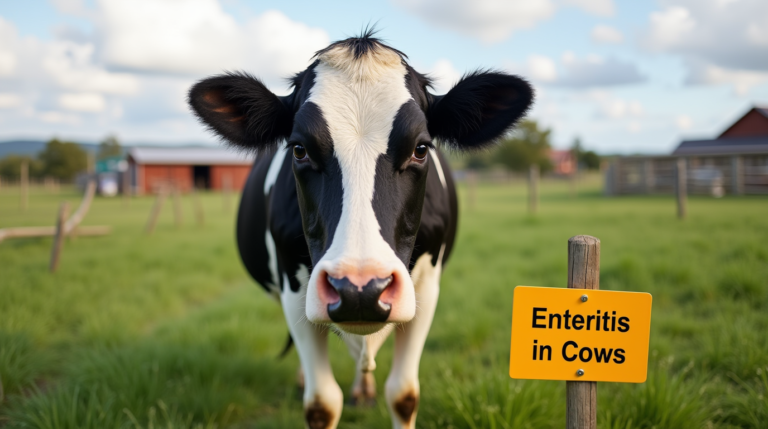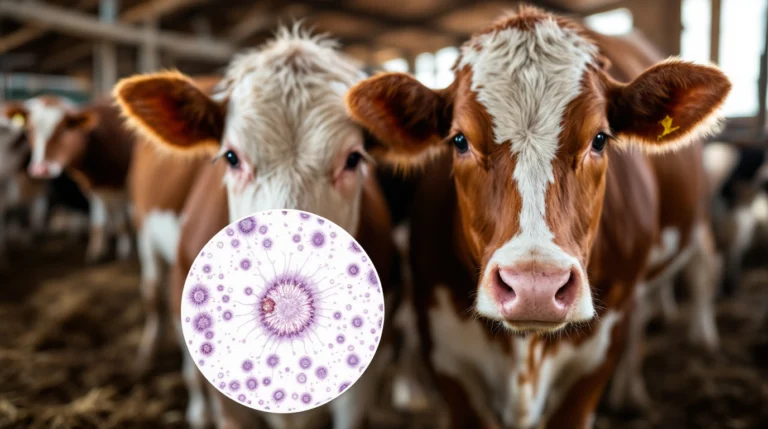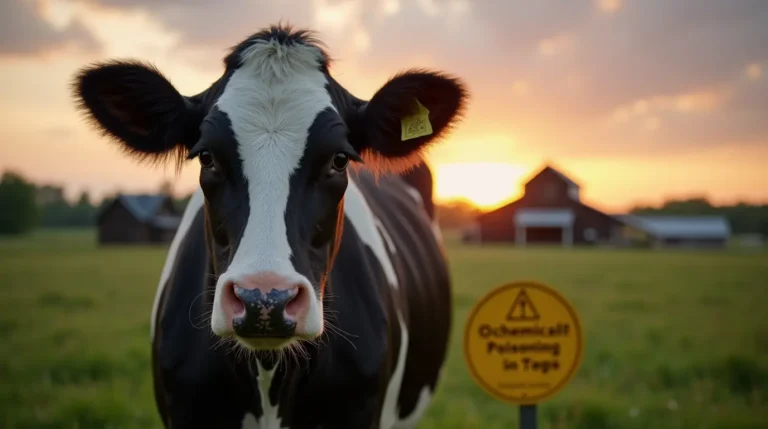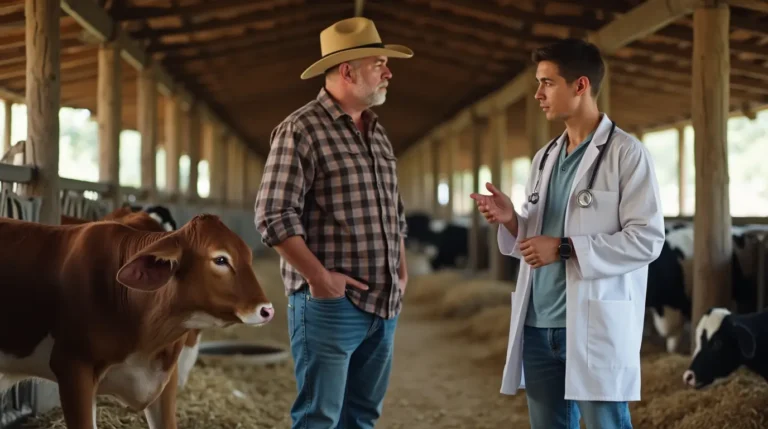Discover the critical signs of Johne’s Disease in cows, its impact on livestock health, and effective treatment strategies for farmers and veterinarians.
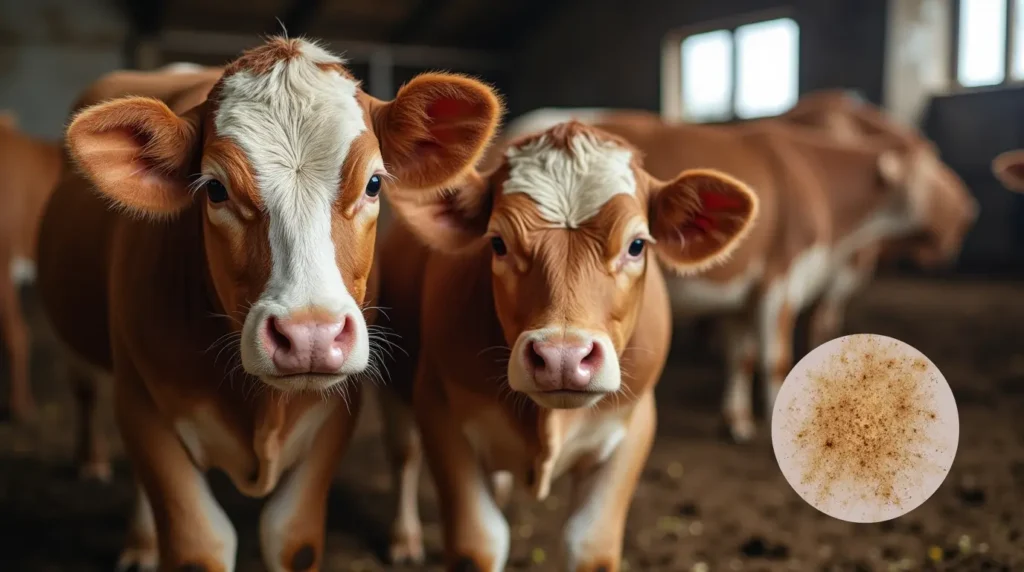
Table of Contents
Johne’s Disease in cows , a chronic and potentially devastating bacterial infection, poses a significant threat to cattle herds worldwide. As a silent killer that can decimate livestock productivity, understanding this complex condition is crucial for farmers, veterinarians, and agricultural professionals. This comprehensive guide will explore the intricate details of Johne’s Disease, empowering you with knowledge to protect your valuable cattle investments.
The bacterial infection, caused by Mycobacterium avium subspecies paratuberculosis (MAP), slowly undermines an animal’s immune system, leading to progressive and often irreversible health complications. By recognizing early symptoms and implementing strategic management protocols, farmers can mitigate the disease’s devastating economic and health impacts.
What is Johne’s Disease?
Scientific Overview
Johne’s Disease is a chronic, contagious bacterial infection primarily affecting ruminants, including:
- Cattle
- Sheep
- Goats
- Deer
The causative agent, Mycobacterium avium subspecies paratuberculosis (MAP), belongs to the same genus as bacteria responsible for tuberculosis. This slow-developing infection targets the intestinal tract, causing severe inflammation and compromising nutrient absorption.
Transmission Mechanisms
Transmission occurs through multiple pathways:
- Vertical transmission (from mother to calf)
- Horizontal transmission (contact with contaminated environments)
- Ingestion of infected fecal matter
- Contaminated milk and colostrum
5 Critical Symptoms of Johne’s Disease in Cows
1. Chronic Weight Loss
Despite maintaining normal feed intake, infected animals experience:
- Gradual but persistent weight loss
- Muscle wasting
- Reduced body condition score
- Inability to maintain healthy weight
2. Persistent Diarrhea
A hallmark symptom characterized by:
- Watery, soft manure
- Intermittent diarrhea episodes
- No response to traditional treatments
- Potential fecal incontinence in advanced stages
3. Reduced Milk Production
Economic implications include:
- Significant decline in milk yield
- Lower milk quality
- Potential complete cessation of milk production
- Decreased lactation periods
4. Bottle Jaw (Mandibular Edema)
Distinctive symptom involving:
- Soft, fluid-filled swelling beneath the jaw
- Protein loss through intestinal inflammation
- Reduced protein absorption
- Visible facial swelling
5. Chronic Weakness and Lethargy
Progressive symptoms manifest as:
- Decreased energy levels
- Reduced movement and activity
- Increased susceptibility to secondary infections
- Compromised overall herd performance
Diagnostic Approaches
Testing Methods
- Fecal Culture
- Gold standard for definitive diagnosis
- Identifies MAP bacteria
- Requires 8-16 weeks for complete results
- Blood Serum Tests
- ELISA (Enzyme-Linked Immunosorbent Assay)
- Detects antibodies against MAP
- Provides relatively quick results
- PCR Testing
- Molecular diagnostic technique
- Rapid identification of bacterial DNA
- High sensitivity and specificity
Treatment and Management Strategies
Comprehensive Treatment Protocol
- Early detection is critical
- No complete cure exists
- Management focuses on containment and prevention
Prevention Techniques
- Biosecurity measures
- Strict hygiene protocols
- Isolation of infected animals
- Regular herd testing
- Vaccination in high-risk environments
Recommended Products for Pharmacy Cows
1. Advanced MAP Detection Kit shop New
- Comprehensive testing package
- Multiple diagnostic methods
- Suitable for large and small herds
- Rapid result generation
2. Probiotic Livestock Supplement shop New
- Supports immune system
- Enhances gut health
- Reduces inflammatory responses
- Veterinarian-recommended formulation
3. Environmental Disinfection Solution shop New
- Kills MAP bacteria
- Safe for livestock environments
- Prevents horizontal transmission
- Eco-friendly composition
4. Nutritional Recovery Blend
- Specialized feed supplement
- Supports weight maintenance
- Provides essential nutrients
- Designed for compromised animals
Johne’s Disease in Cows (FAQ)
Q1: Is Johne’s Disease transmissible to humans? While direct transmission is rare, potential zoonotic concerns exist. Consult healthcare professionals for personalized guidance.
Q2: How quickly does the disease progress? Progression varies, typically spanning 2-10 years from initial infection to clinical symptoms.
Q3: Can vaccinated herds contract Johne’s Disease? Vaccination reduces risk but doesn’t guarantee complete protection. Regular monitoring remains essential.
Q4: What are the economic impacts? Potential losses include reduced milk production, decreased livestock value, and increased veterinary expenses.
Q5: How often should herds be tested? Recommended annual testing, with more frequent assessments in high-risk populations.
Conclusion
Understanding Johne’s Disease in cows , requires a proactive, comprehensive approach. By recognizing symptoms early, implementing strategic management protocols, and maintaining rigorous testing schedules, farmers can protect their livestock investments.
Call to Action: Share your experiences with Johne’s Disease management in the comments below. Your insights could help fellow farmers safeguard their herds!
Explore more expert livestock health recommendations at BlithePet
References
- National Johne’s Disease Control Program
- USDA Agricultural Research Service
- Veterinary Diagnostic Laboratories Research Compendium
Disclaimer: This article provides general information and should not replace professional veterinary consultation.


